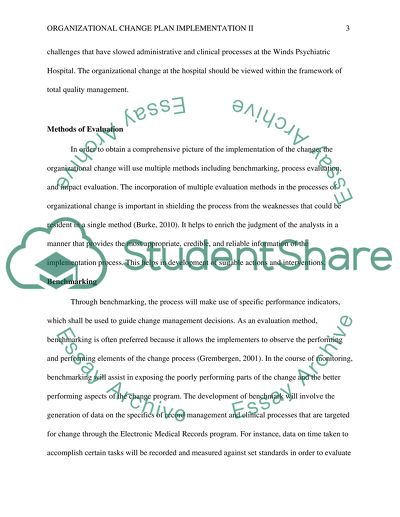Cite this document
(“Organizational Change Plan Implementation II Research Paper”, n.d.)
Organizational Change Plan Implementation II Research Paper. Retrieved from https://studentshare.org/nursing/1455232-organizational-change-plan-implementation-ii
Organizational Change Plan Implementation II Research Paper. Retrieved from https://studentshare.org/nursing/1455232-organizational-change-plan-implementation-ii
(Organizational Change Plan Implementation II Research Paper)
Organizational Change Plan Implementation II Research Paper. https://studentshare.org/nursing/1455232-organizational-change-plan-implementation-ii.
Organizational Change Plan Implementation II Research Paper. https://studentshare.org/nursing/1455232-organizational-change-plan-implementation-ii.
“Organizational Change Plan Implementation II Research Paper”, n.d. https://studentshare.org/nursing/1455232-organizational-change-plan-implementation-ii.


